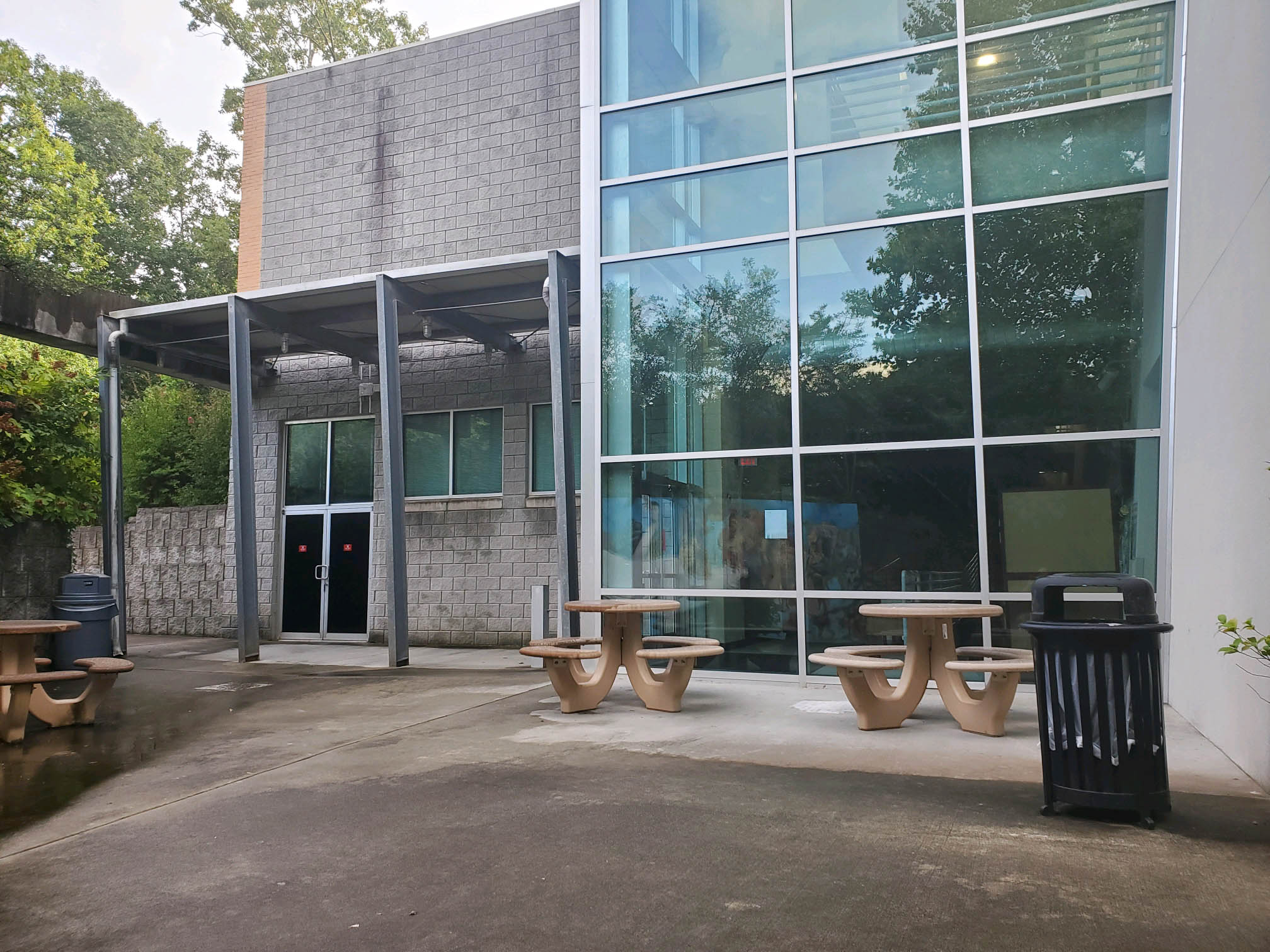The student anthropology club hosted an event from 9 a.m. to 12 p.m. on Saturday, Jan. 27, in the Social Sciences building for third-grade through eighth-grade students.
The event, titled “Adventures in Archaeology,” featured excavation sites and a reconstruction of a Neolithic household. The event was hosted with the help of Dr. Teresa Raczek, a professor of anthropology at KSU.
At the event, there were multiple miniature archaeological sites by the gazebo outside of the Social Sciences building. The students attending the event did some of their own excavating while looking for replicas of artifacts that have been found in Jarma, a Neolithic site in Iraq.
The kids were provided with an accurate replica map of the area that they were excavating, as well as real model surveys that they could fill out.
The excavation sites were containers of glass marbles with “artifacts” such as coins, wooden beads and seashells. The children were left to make their own assumptions of how the artifacts ended up in their locations.
For example, the seashells were away from the rivers, so the kids assumed they were in a different location because of trading between the different tribes.

Raczek and her crew taught the children how humans once lived and about their daily lives. Other activities included identifying animal bones from areas in and around Iraq, examining stone tools and pottery and even making their own arrowheads out of soap using traditional flintknapping techniques.
The SAC has done other work with the community in the past, such as hosting events at museums and farmers markets. At the beginning of the month, the SAC did an event at a local elementary school for the first time, and they are hoping to do more work with local children.
“The SAC really enjoys it, and I think it’s important that we share our knowledge and resources with the local community,” Raczek said.
According to the ASPRO chronology, a nine-period dating system used for archaeologist sites in the ancient Near East, the Neolithic era began around 10,200 B.C. and ended around 4500-2000 B.C. Most of the artifacts recovered are more than 9,000 years old.


